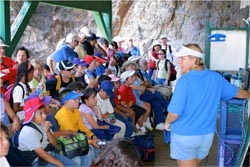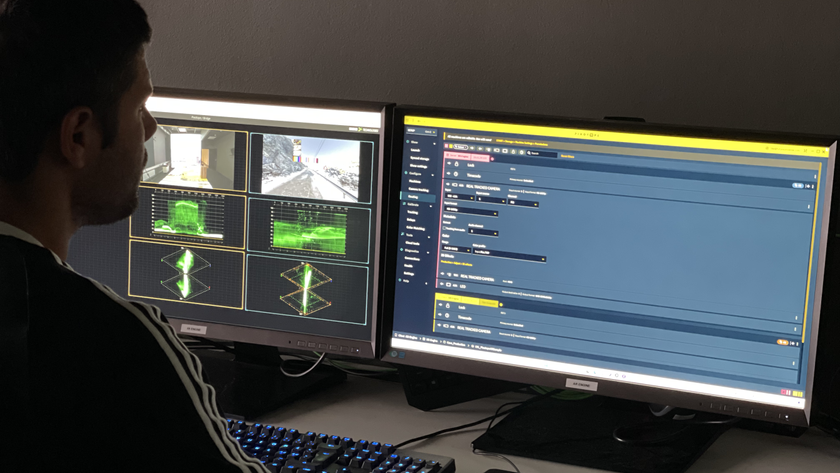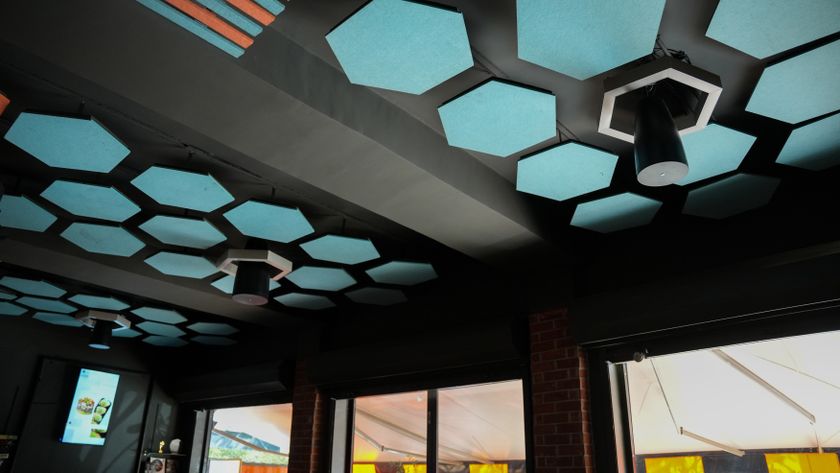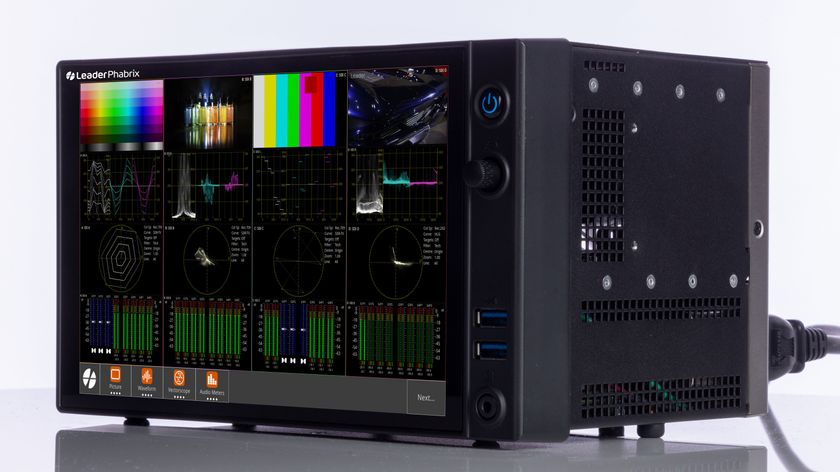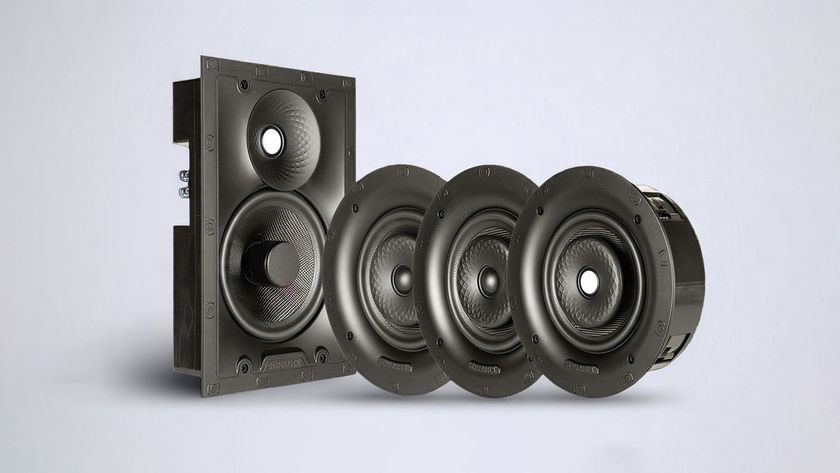Students at the Ventura County Office watch a live dive from the Channel Islands and are able to pose questions to the diver.CHANNEL ISLANDS, CA-Digital Networks Group recently worked on a project with the National Park Service in Southern California to bring the wonders of the deep to the classroom. Using the latest in streaming technology, students in Ventura County are able to see and interact with a live diver many miles away as he explores the water surrounding the Channel Islands, a wildlife preservation along the Santa Barbara coast.
The Park has always had an educational program for the public consisting of a cruise out to the islands, as Brandon Morrell, Digital Network's project manager and engineer on the plan explained. "The park's only open in the summer for this program, and it's weather permitting," he said. "The idea was to bring that program from the island to the mainland. They had actually done some streaming with an eagle cam, which is a live video feed from an eagle's nest beforehand, so they're aware of the technology. We provided them that hardware, but the question for this project was how do we do audio and video and make it interactive between the divers and the teachers and students. So that's where we got involved and started looking at the VBrick equipment."
Mike Stammire, Digital Network's account manager for the project, explained the Park's idea for the diving program: "We talked to them about having the video feed they usually send to the kids on the boat going to a VBrick encoder and doing a live stream back to the mainland with audio and video. People that don't take a ferry out there can sit in the County of Ventura office and watch that diver live from the mainland."
Stammire continued, "During one of the first tests of the system they actually ran out of gas for the generator. Those types of problems are there: it's a tough environment with the ocean spray, and cold, and there's not a real facility out there. We tried to weatherproof a cabinet best we could, and it's really simple-they plug in a few cables and then stream it back to the mainland. We had to make it very user-friendly to be able to control it from the mainland with their IT guys. They take a boat out there and spend the whole day, so they want to let them go without having to send engineers every time."
The setup is very simple, as Morrell explained. "We used a VBrick 6200 Series MPEG-2 decoder/encoder to feed the video from the underwater camera and the mics in the diver's mask to, then we used a Biamp Nexia DC audio processor at each end to control the audio," he said. "We also used some Radio Design Labs pieces for attenuating the audio systems. We partnered with Ocean Technology Systems to get the equipment for the divers, the mics and earpieces, which they were comfortable with because if the network goes down, they're not dependent on it. They can still go live to people on the boat."
Stammire continued, "The crew has a gasoline engine that powers the microwave back to the county office. We installed the equipment at the county office, the video on demand server and the decoder part of the streaming equipment. They can send that stream to a PC that has a certain player on it, and then they connect it to a projector. For their long-term plan, they'll probably have MPEG decoders and storage devices installed at the school districts. They also archive footage at the Ventura County Office of Education so they can stream it again for those who missed it."
